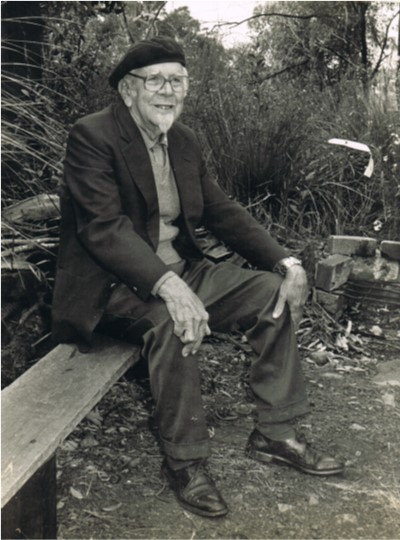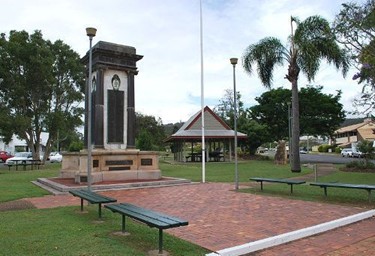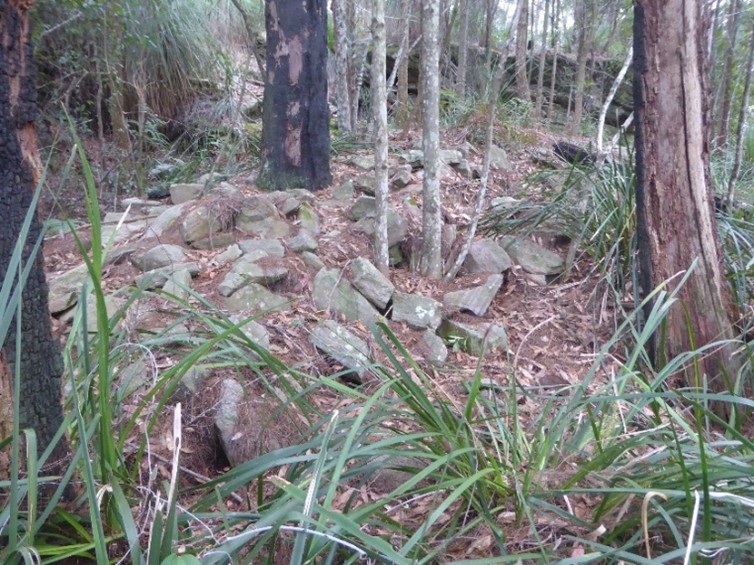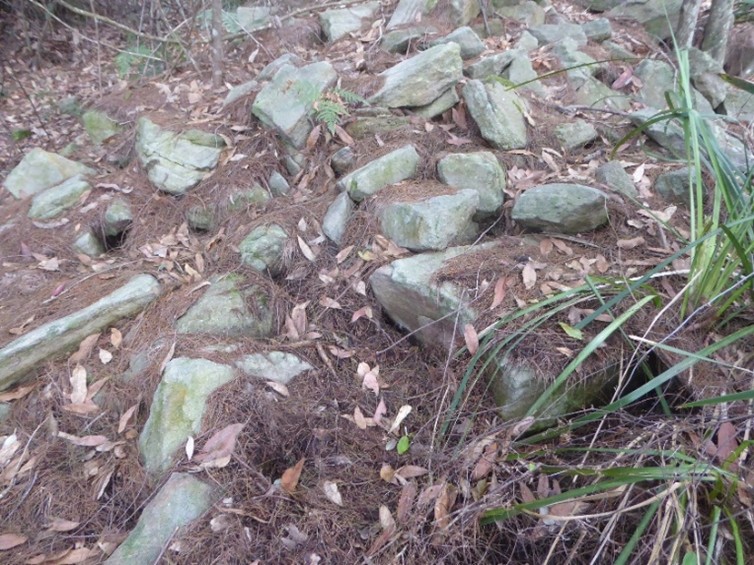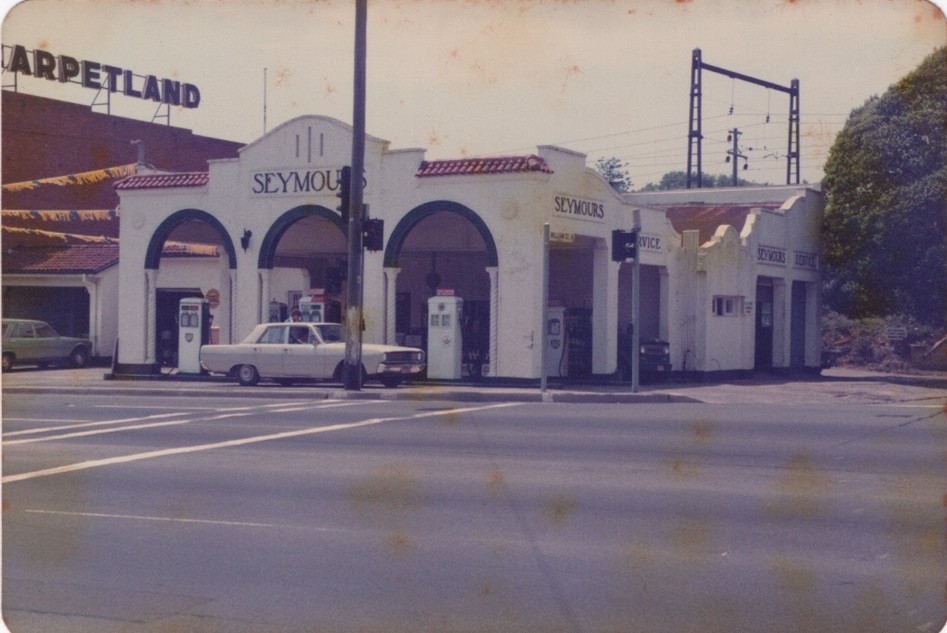
0431 857 407
Harold Seymour
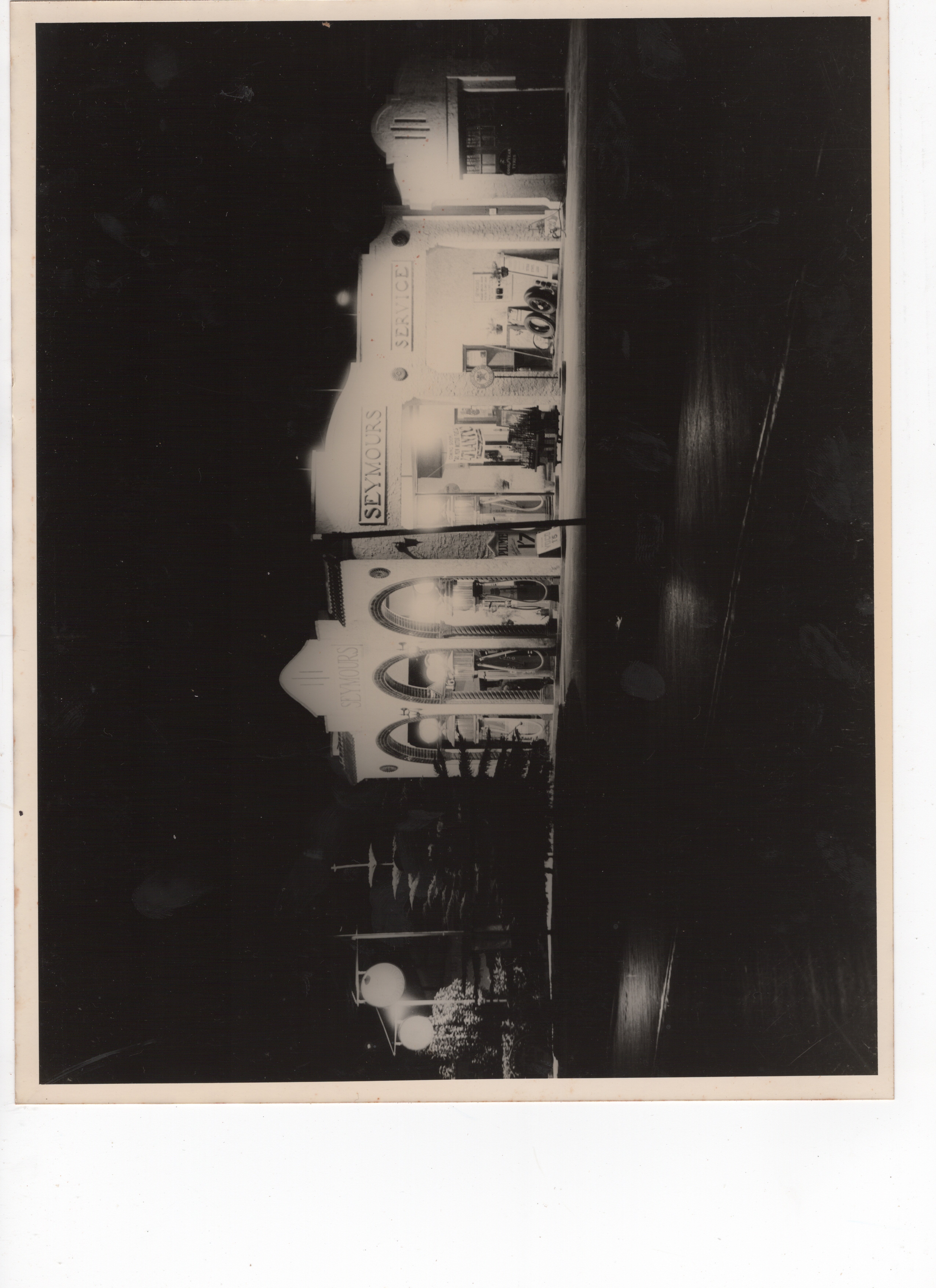
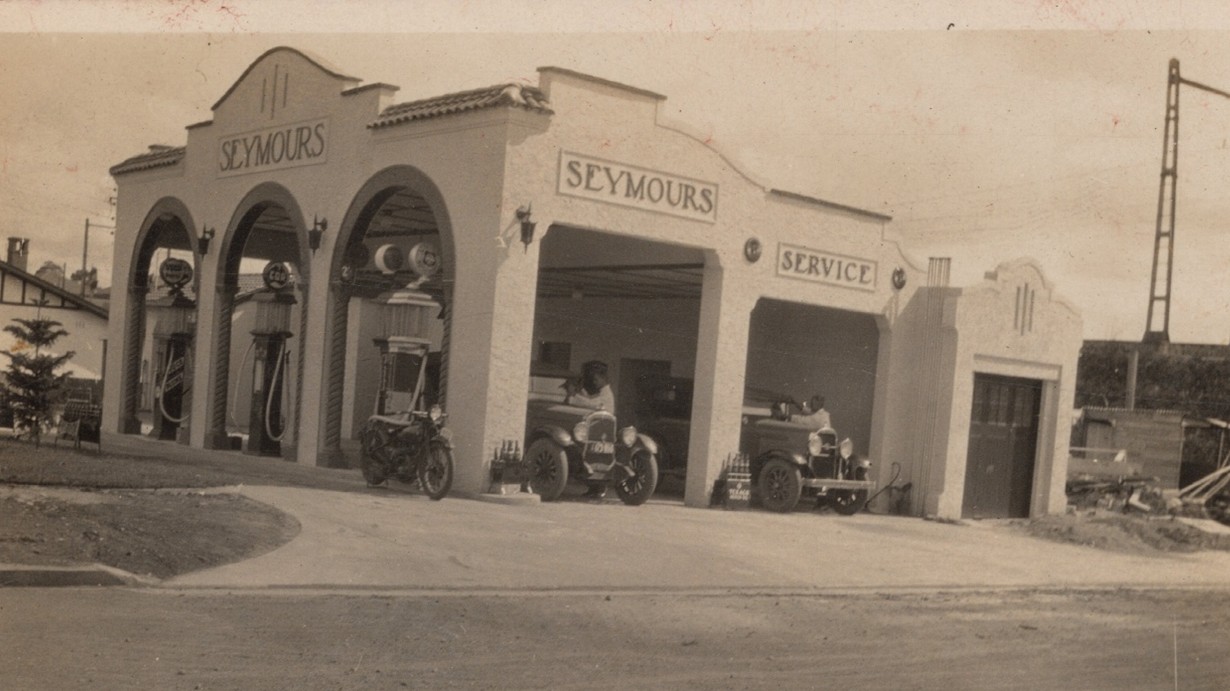
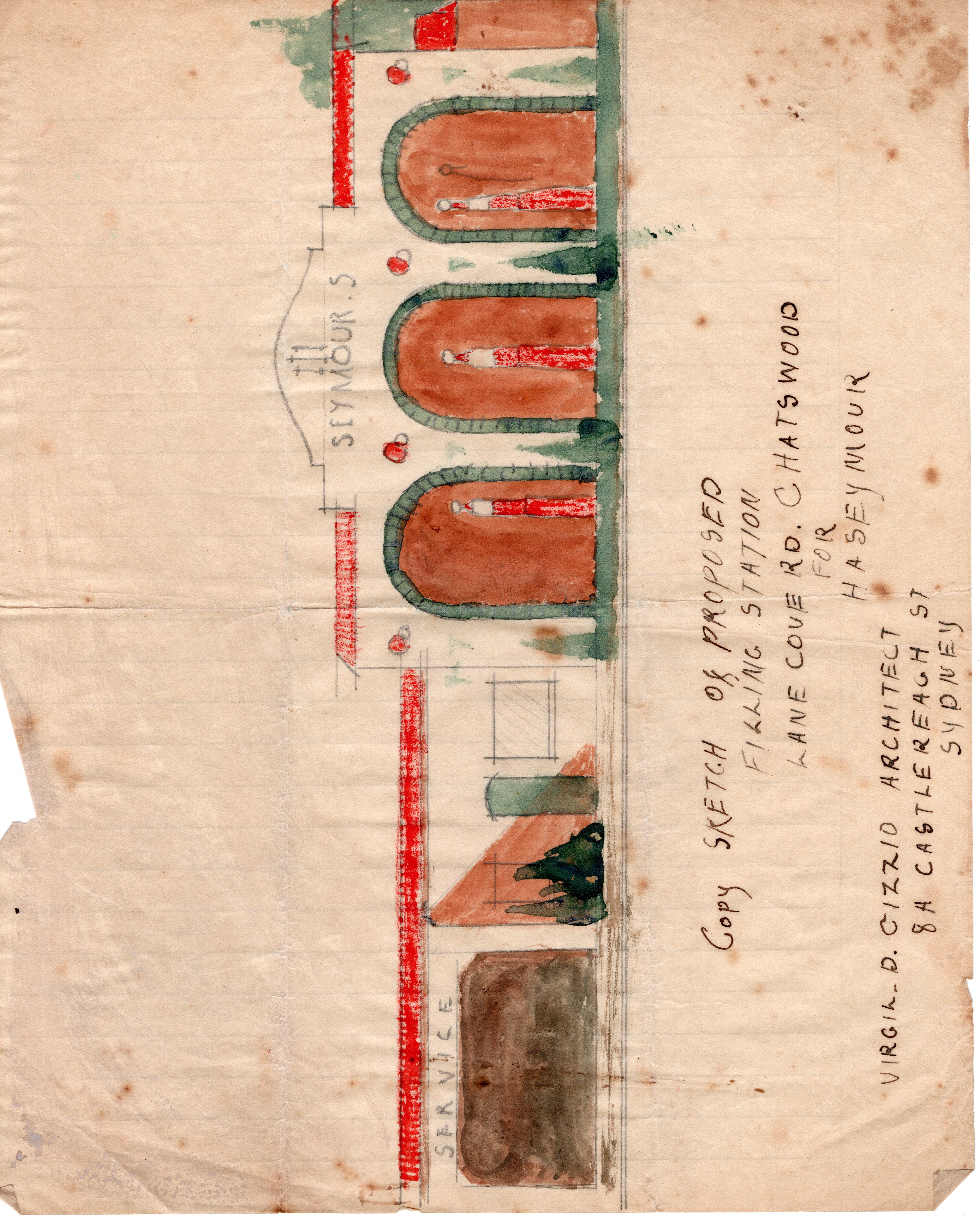
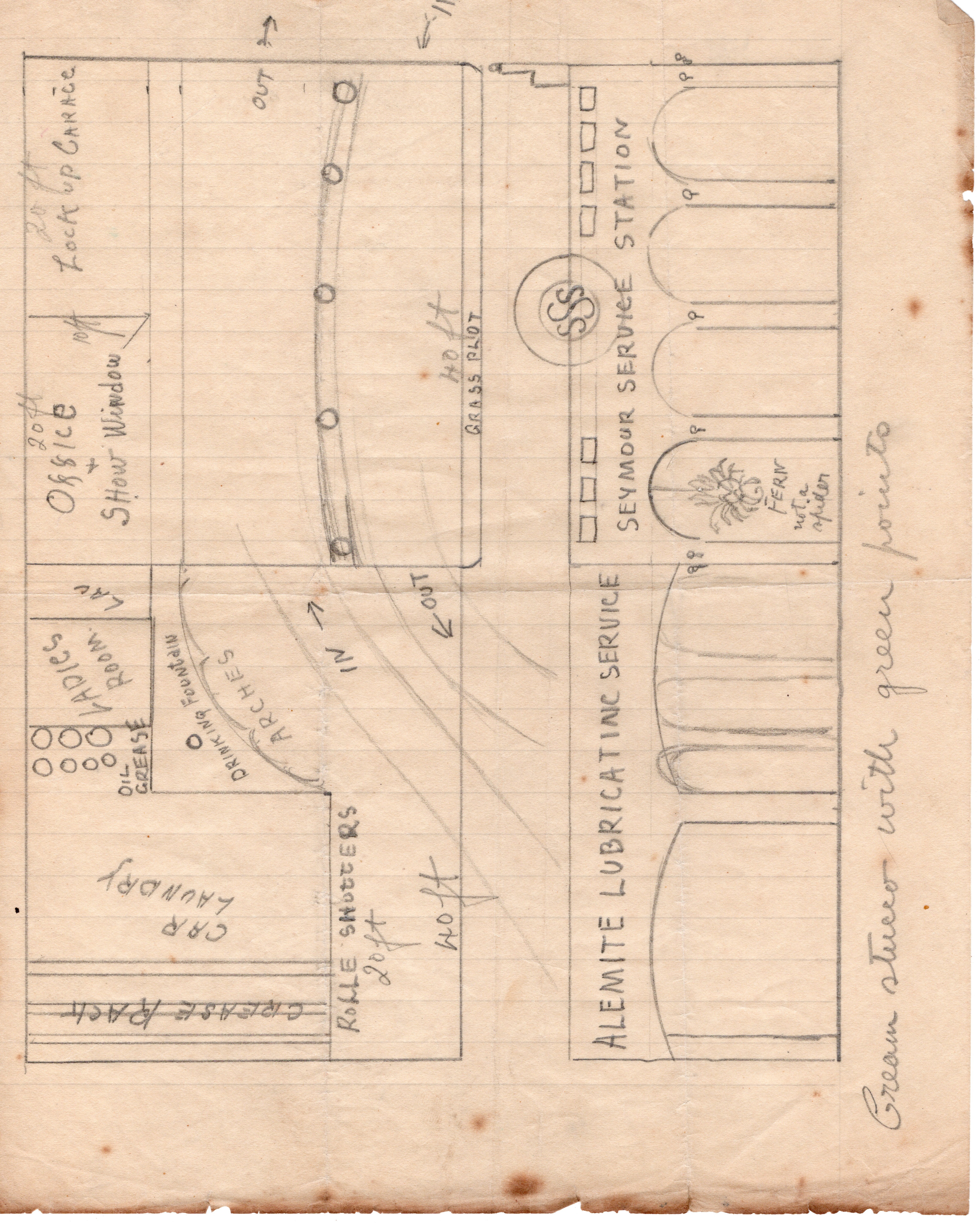
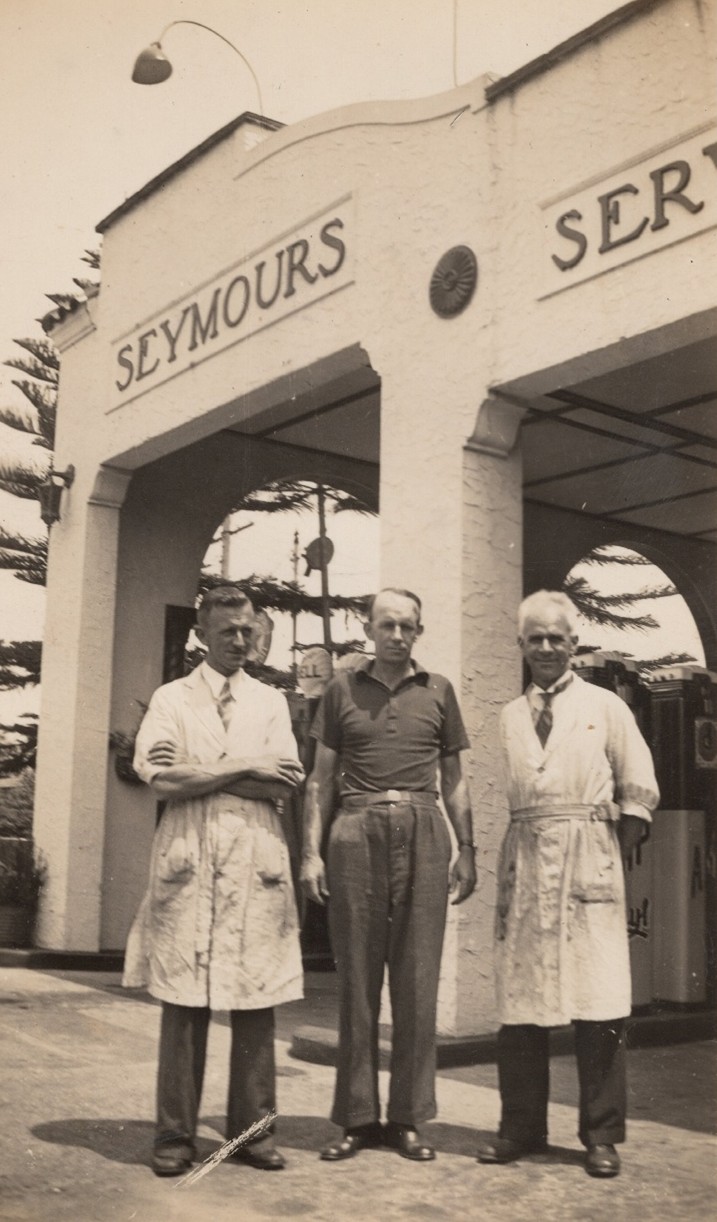

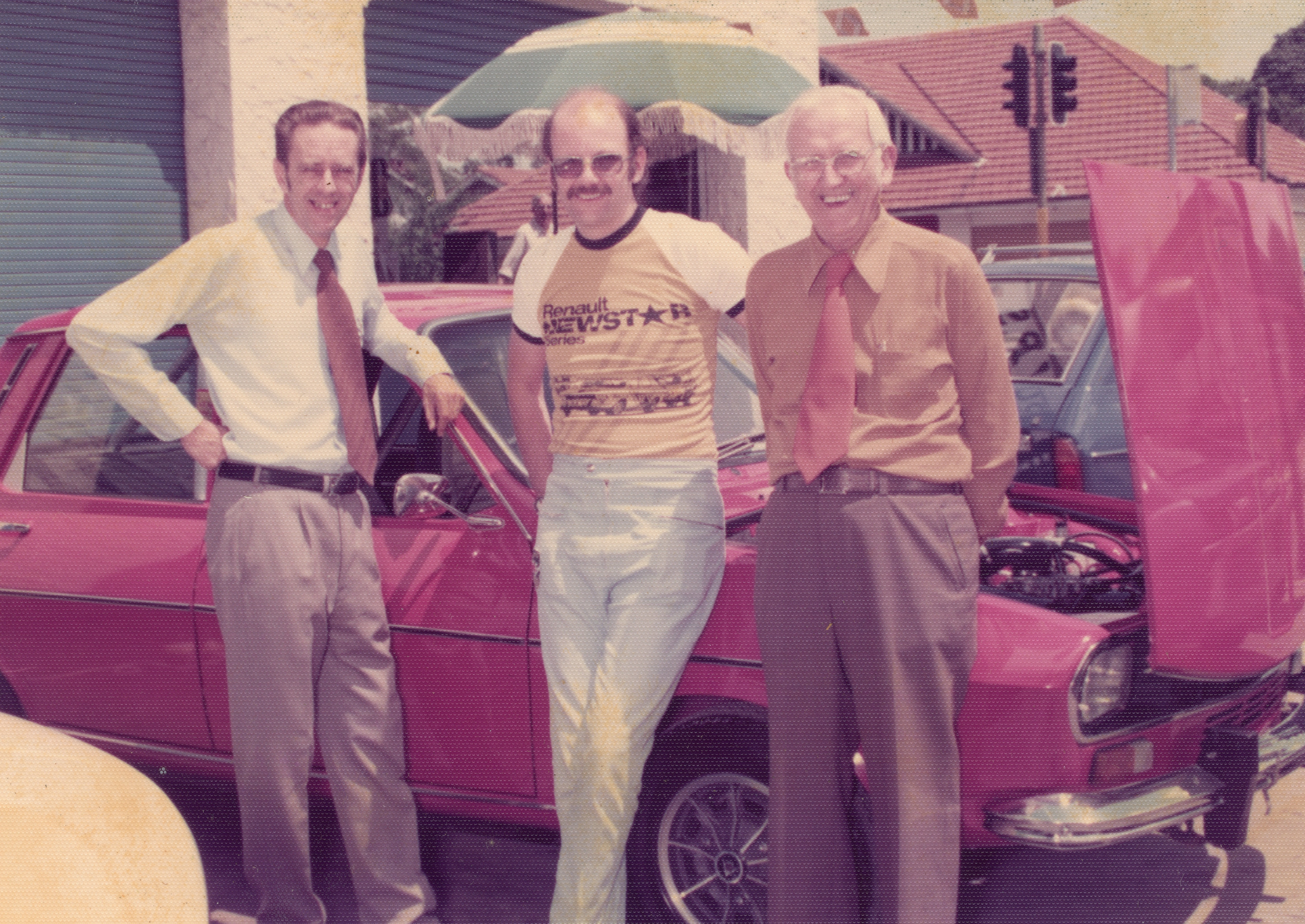

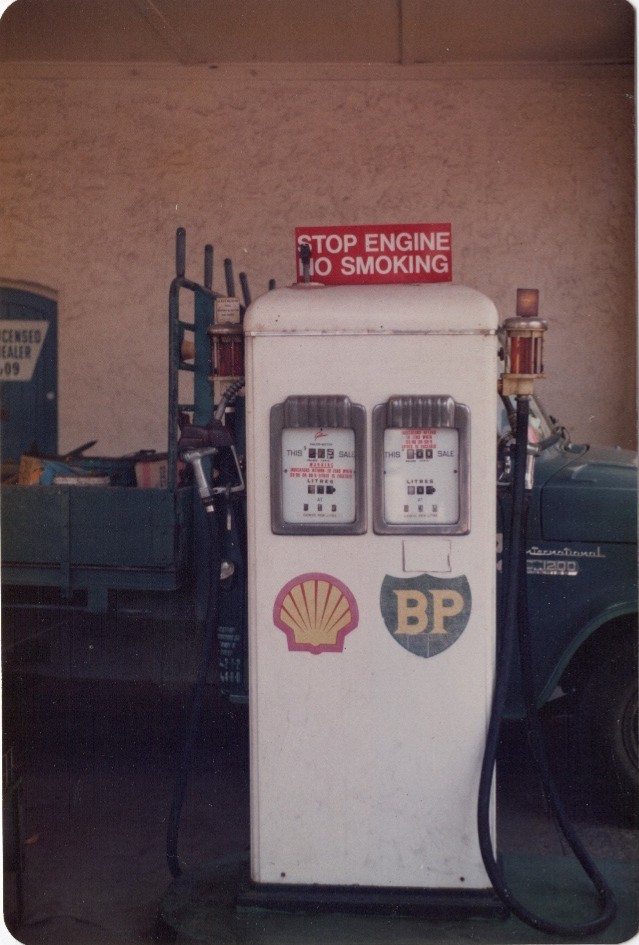
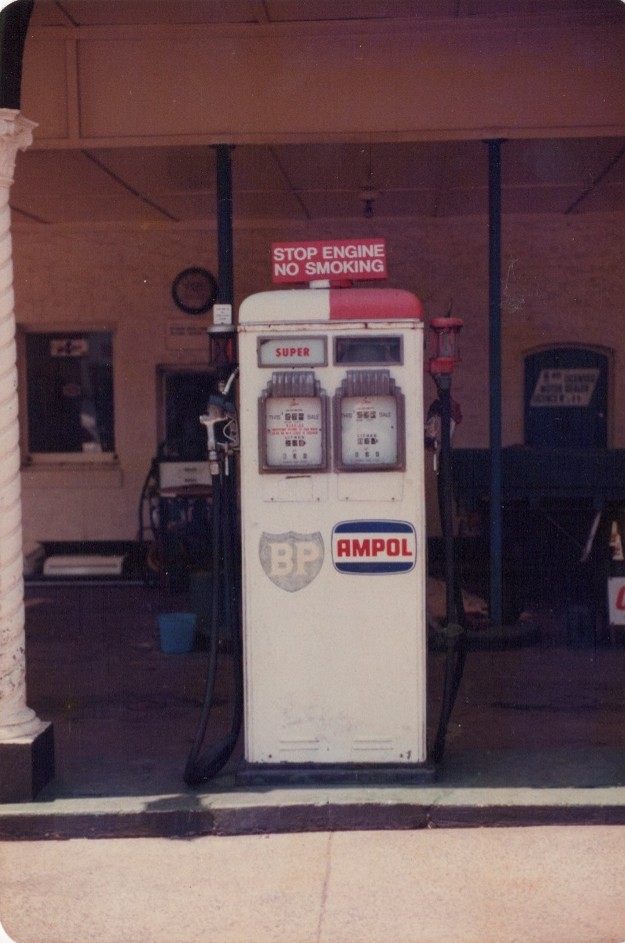
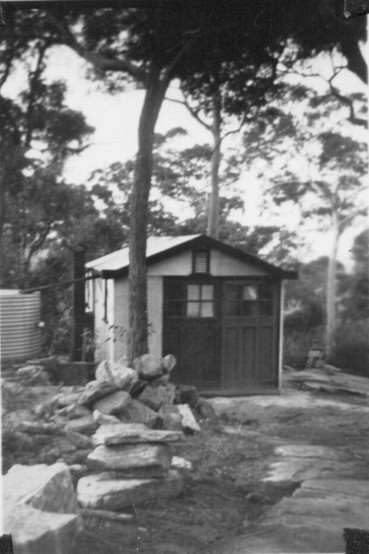
The "Shack" (above) and Harold working on the sandstone foundations of his house in Katandra with brother Roland (below and below centre)
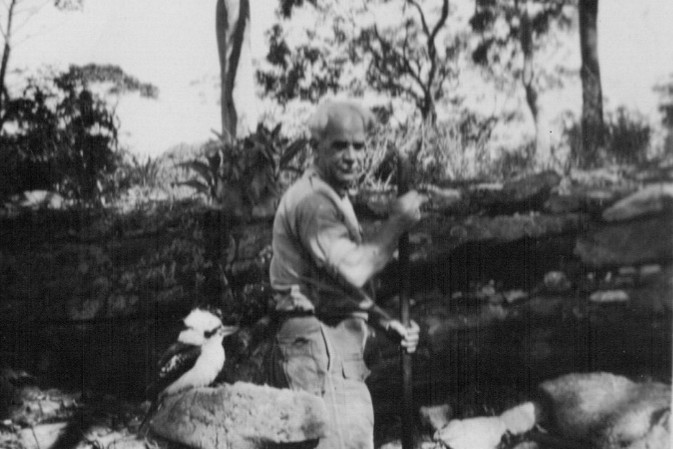
Harold and a feathered friend (above)
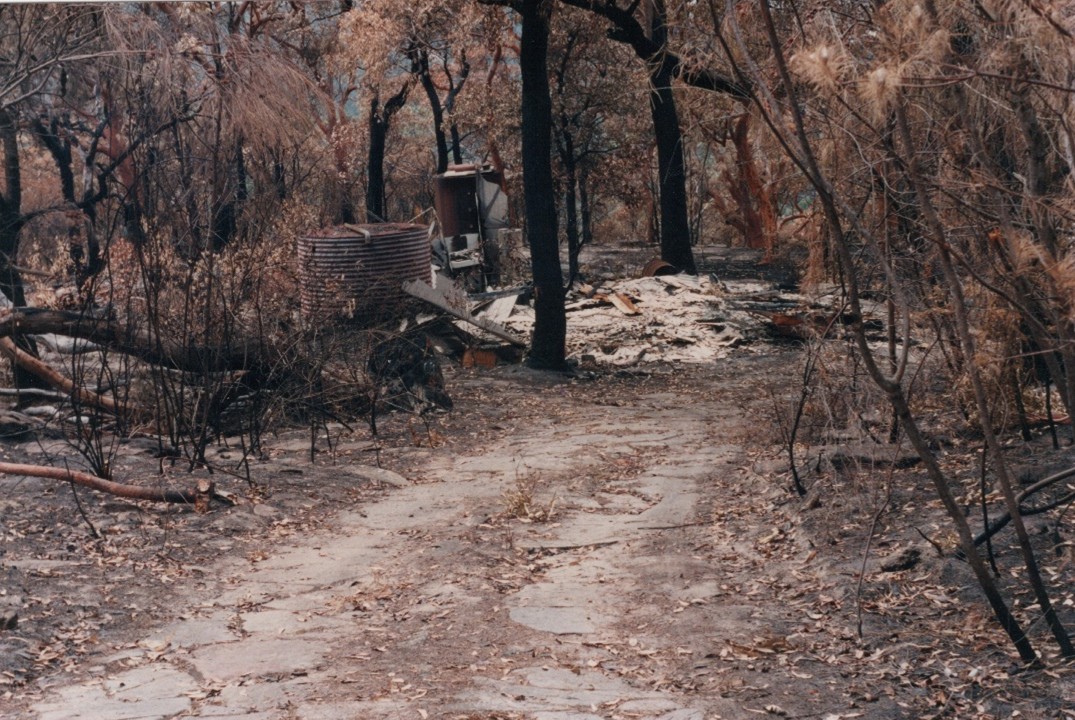
The burnt remains of “The Shack” following the 1979 fire that swept through Katandra. Fortunately Harold’s newer brick and stone home seen through the blackened forest in the photo below, survived this fire and a later fire in 1994.
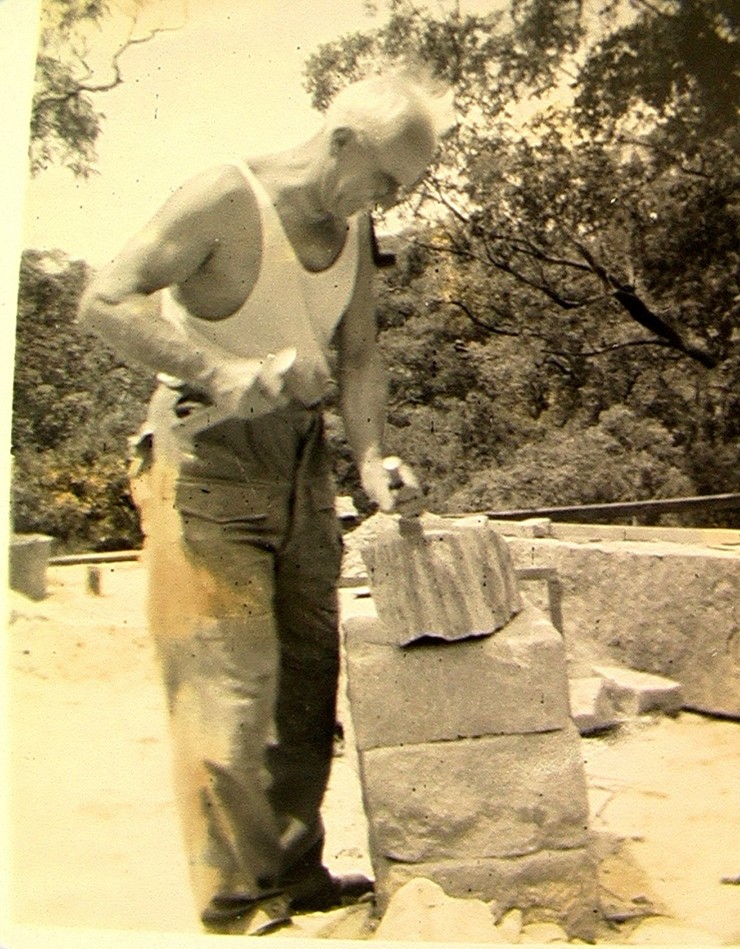

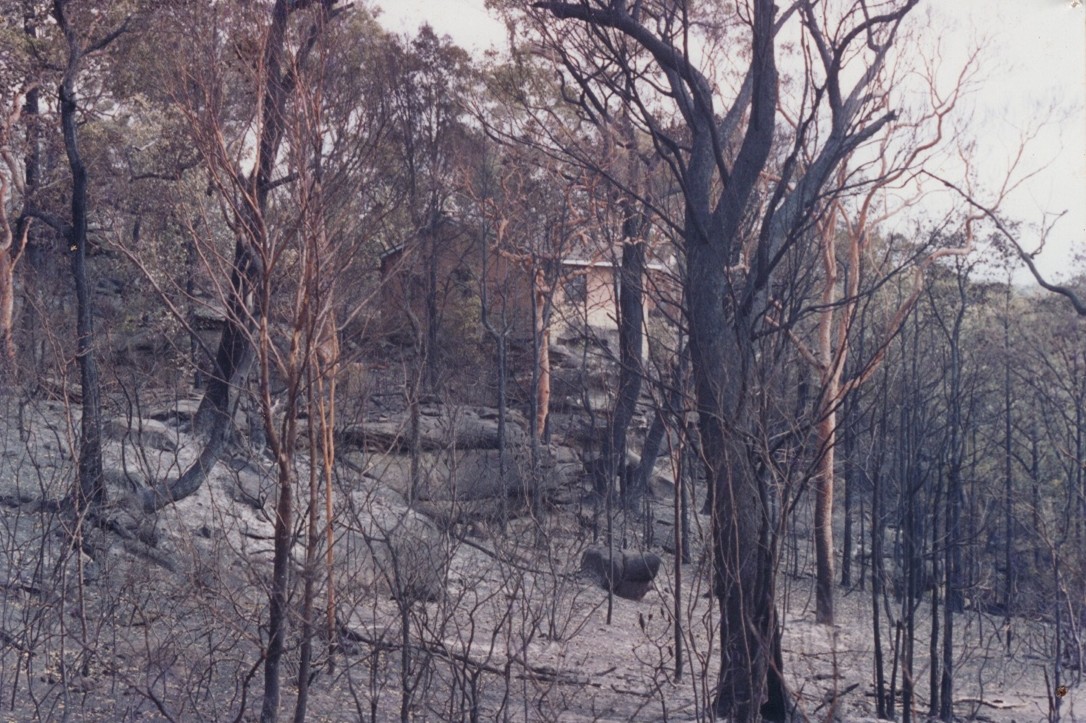
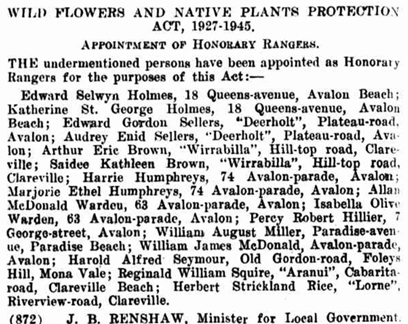

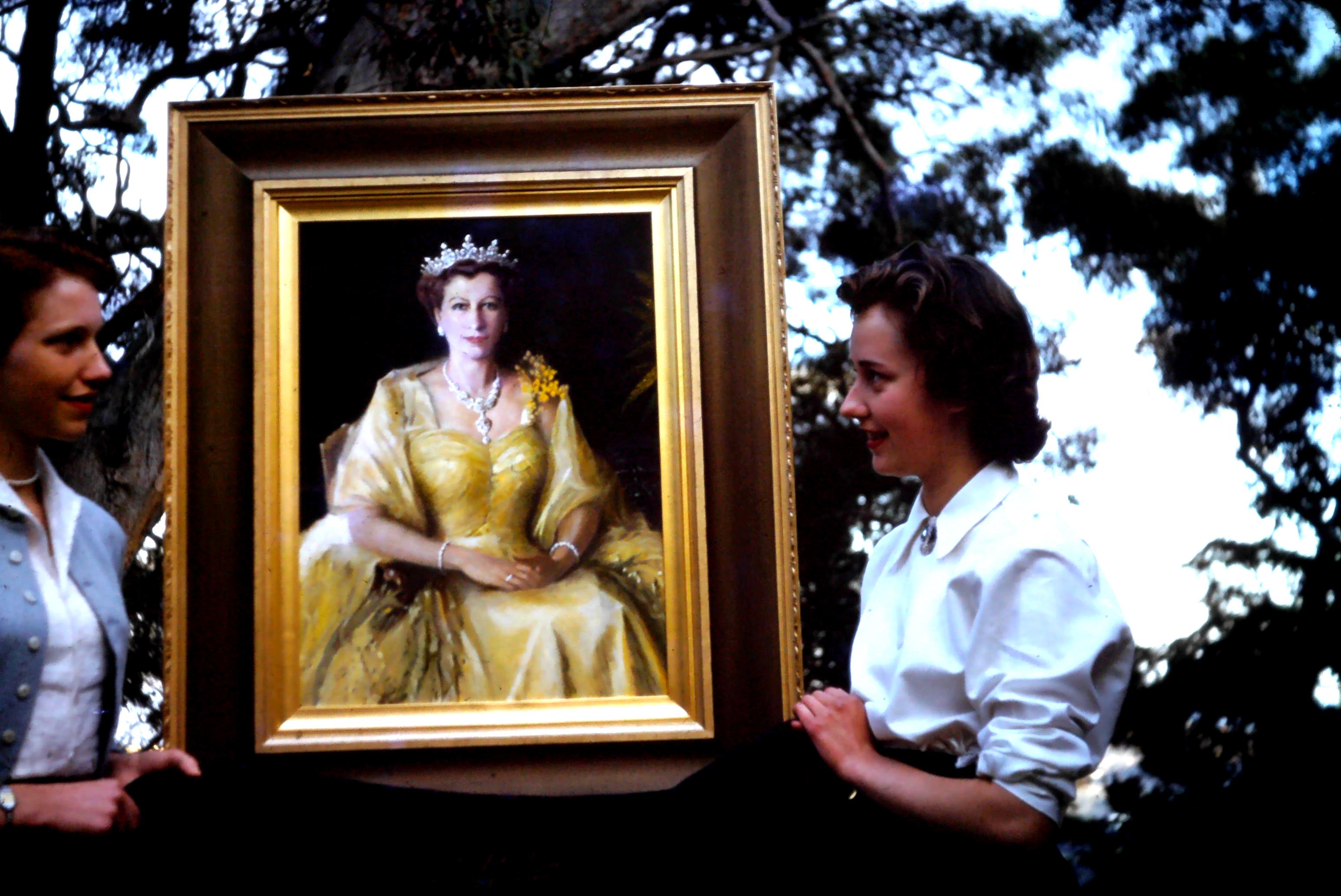
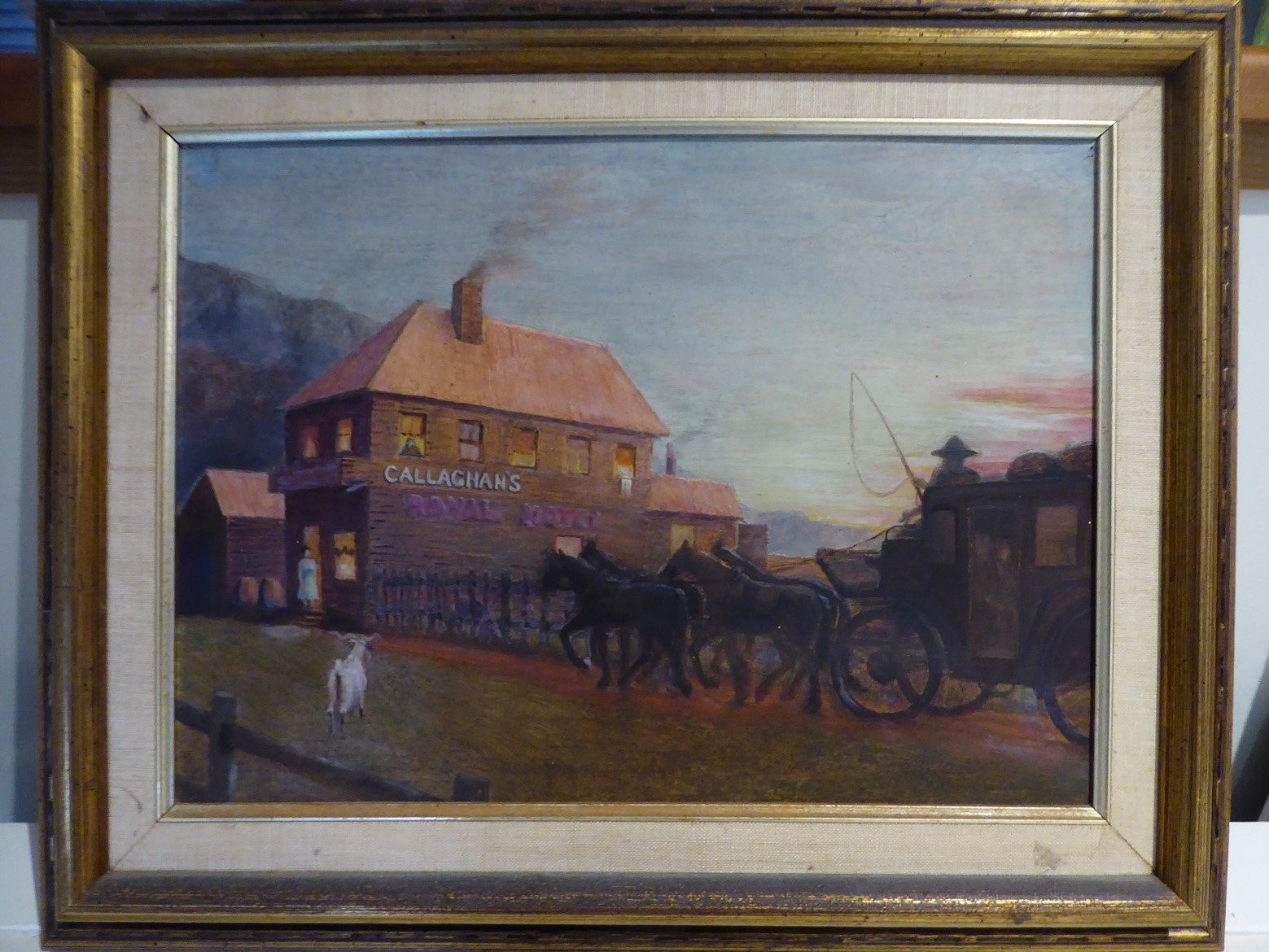
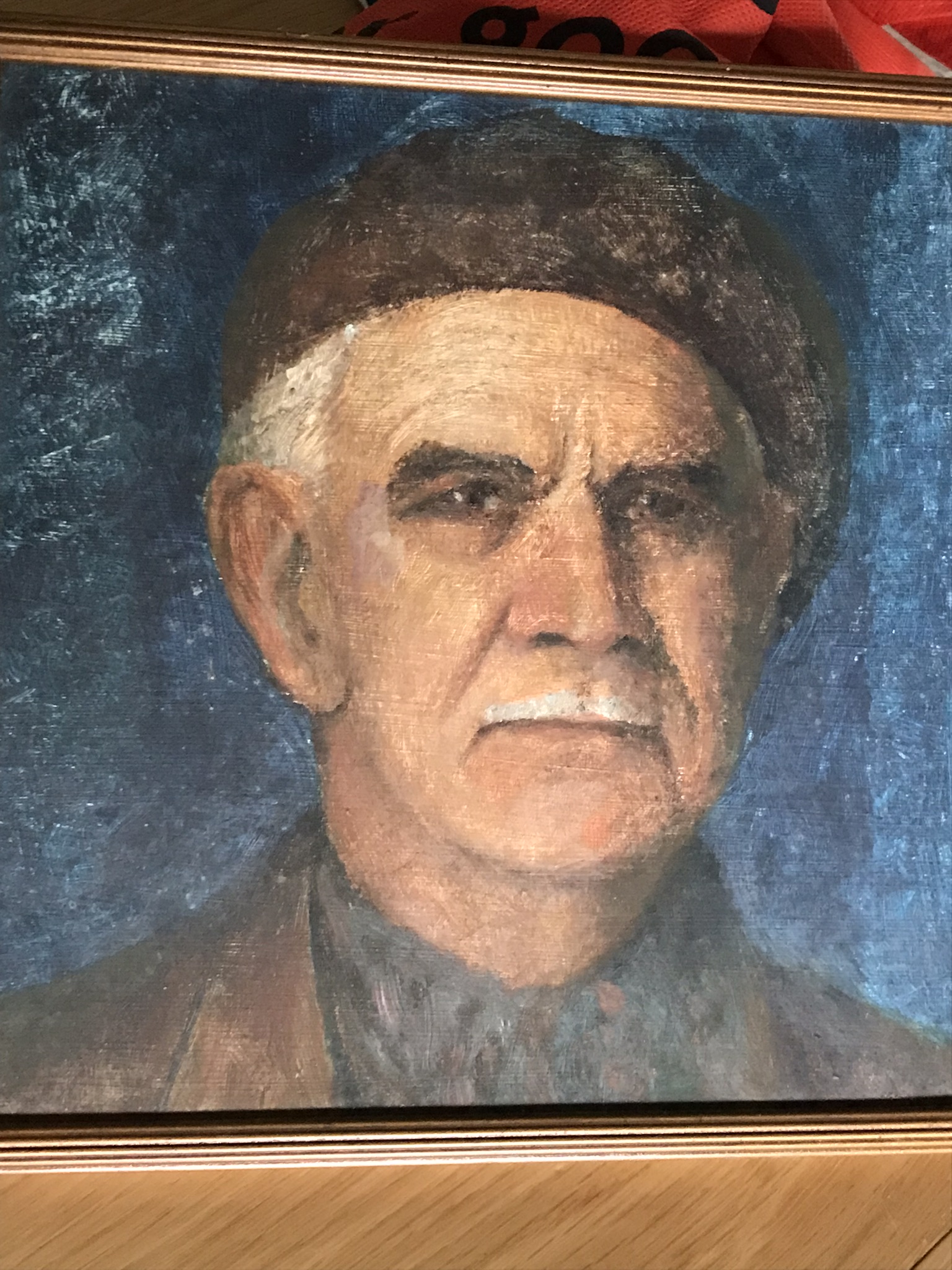
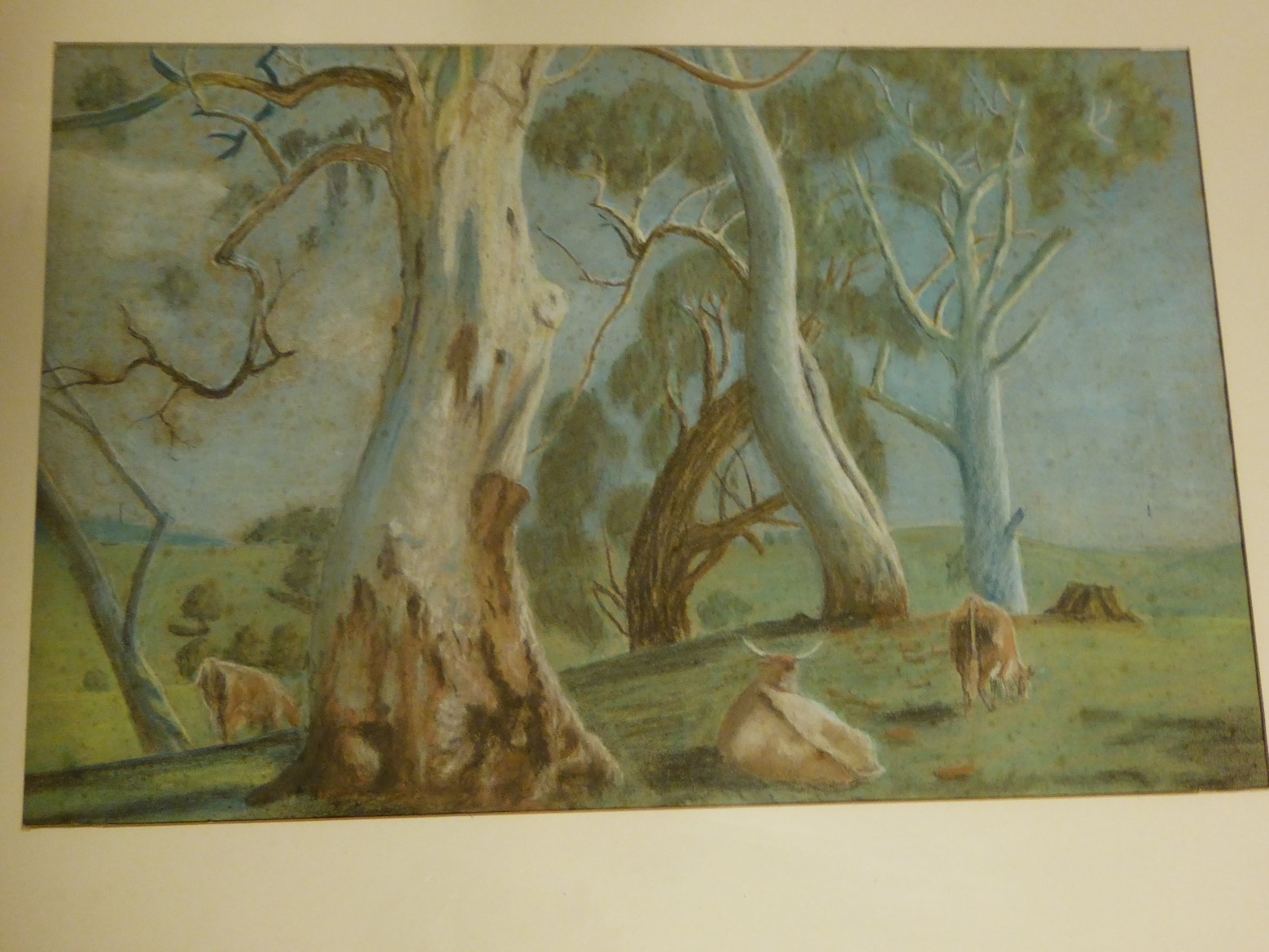
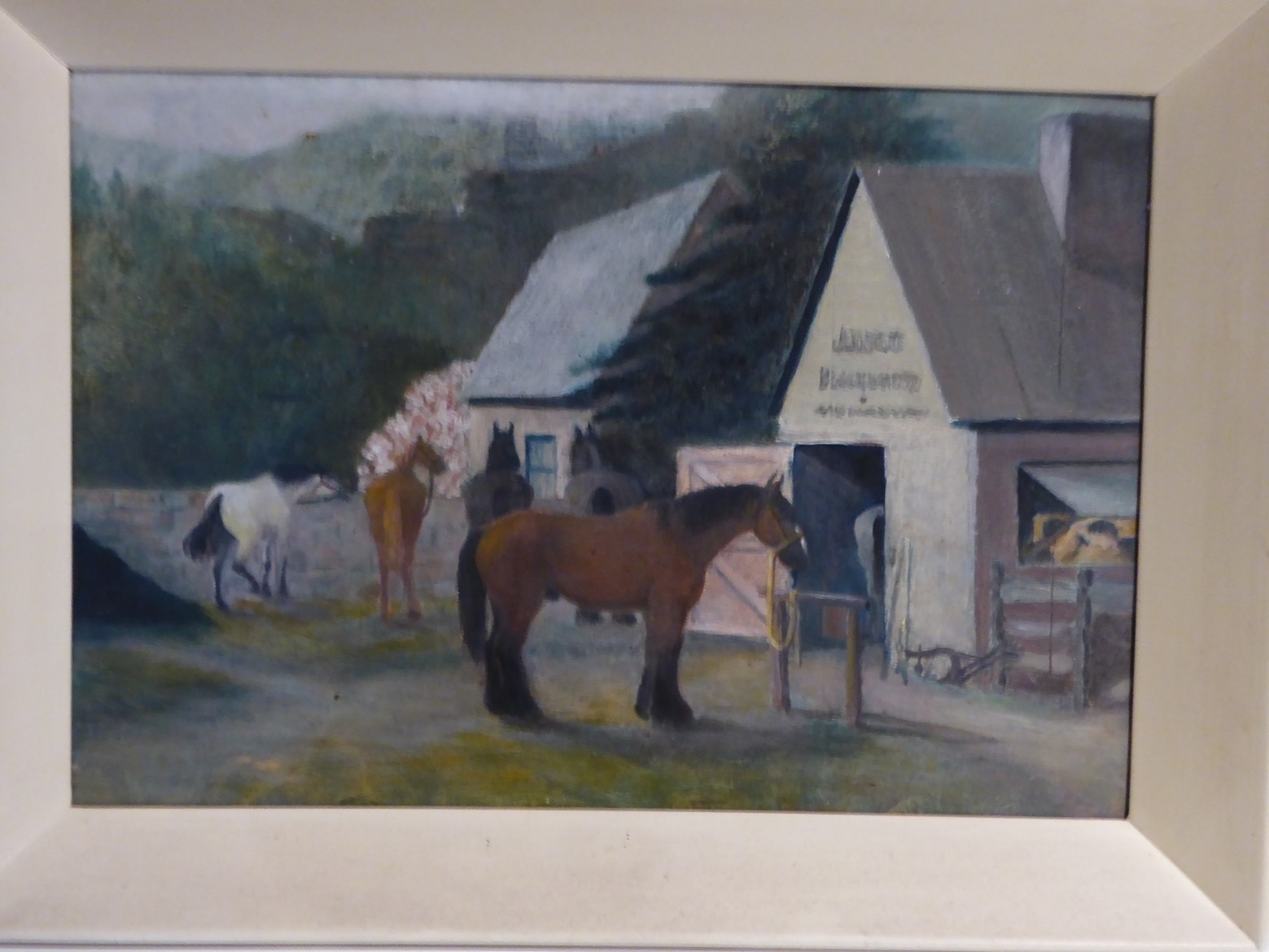
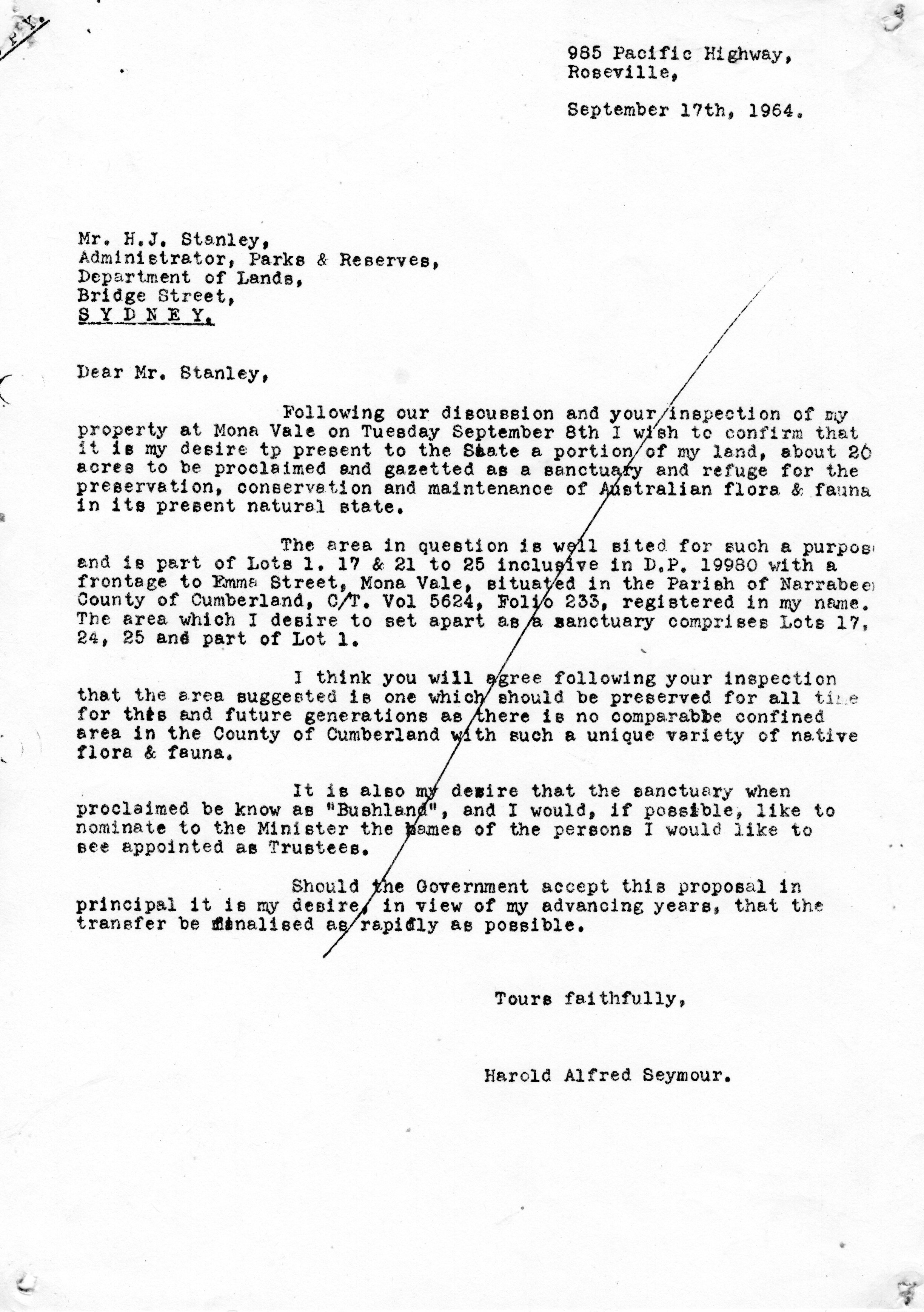

Having been given the “green light” by the Lands Department, one of the first things to establish was a name for the sanctuary. Harold canvassed amongst his friends and business associates who came up with about 40 suggestions, out of which he chose ‘Katandra’, noting “an aboriginal name meaning ‘Song of Birds’ seems appropriate as this area for years has given sanctuary to numbers of native song birds including the rare lyrebird which is seldom seen so close to the city. Therefore I feel that this would be a very suitable name for this reserve”.
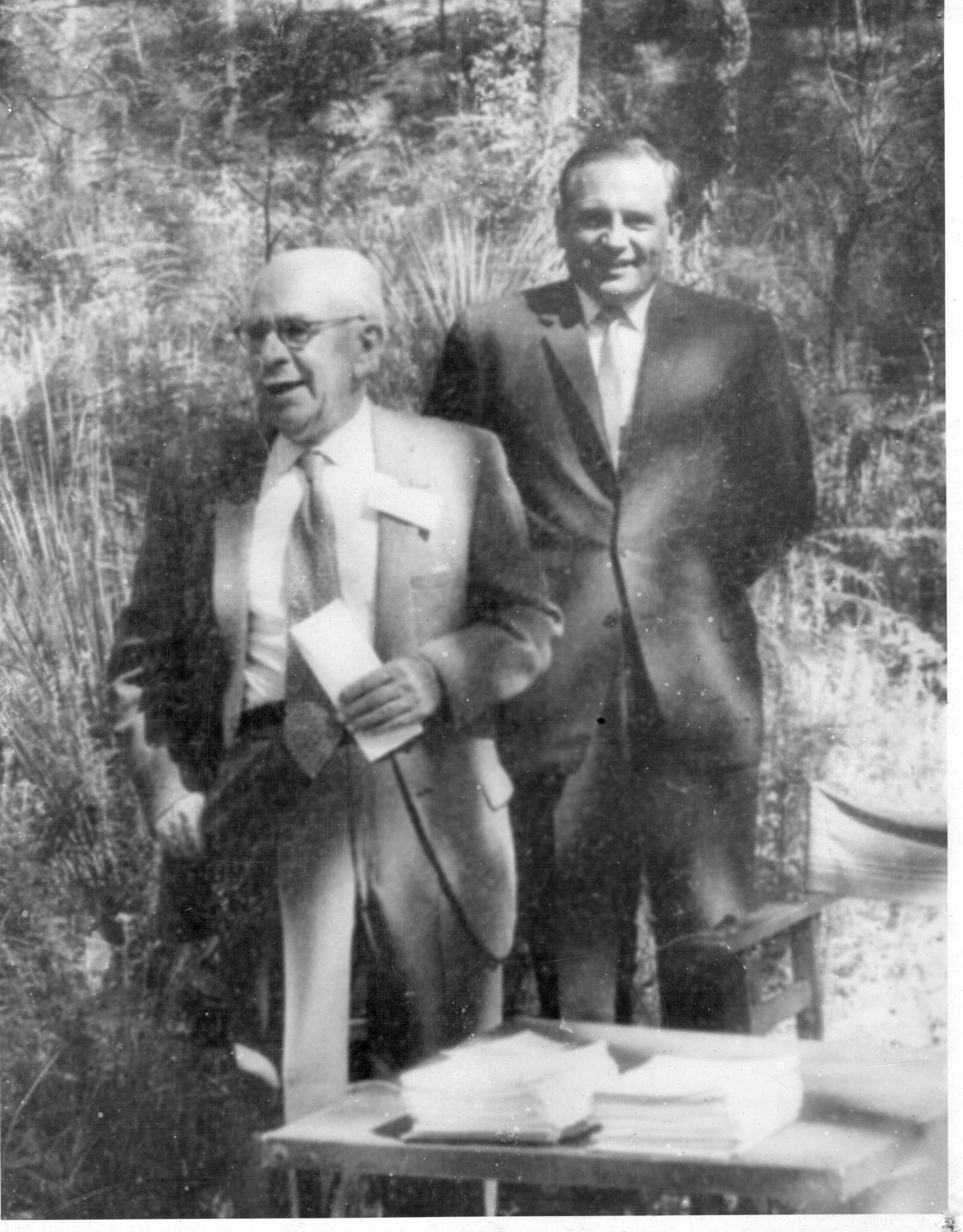
So it was in 1964 that what had been known as Seymour’s Private Sanctuary became the Katandra Bushland Sanctuary. About the same time the thought of forming a group of active conservationists into a workforce for the Sanctuary was conceived, and in February 1965 the Katandra Bushland Club was formed for this purpose. The inaugural meeting of this club was held in the Sanctuary on 14th February 1965 when 73 foundation members attended. To mark the occasion two wattle trees were plants near the “Inaugural Stump” by –
1. David Seymour, 4 year-old great nephew of Harold Seymour and
2. Mr G. A. Barter, a Foundation Member.
The “Katandra Bushland Club”, later known as “the Friends of Katandra”, helped to supply and support a group of active volunteers to construct bridges and maintain the bushland and walking tracks and to allow “active wildlife conservationists” to associate with Katandra.

Now that Harold’s offer had been accepted, procedures necessary to give effect to the proposal were commenced. There was considerable discussion at the time about the regulations for the management of the Sanctuary and it was on Harold’s insistence that regulation 21 q was included, which forbids ‘the confining in pens or cages any animal, bird or reptile’.
It was also Harold’s wish that the Sanctuary, when gazetted, be known as “bushland”.
Katandra was officially gazetted as a 'Bushland Reserve' on 27th October 1967. A voluntary Trust was then appointed to administer the Sanctuary on behalf of NSW Crown Lands. The original Trustees were – Robert H. Anderson (Trust President and former Director of Sydney Botanic Gardens), George L. Veitch, Betty F. Maloney, Robert B. Lewers, Ellen (Poppy) L. Gordon-Baker

Early meetings of the Trust were held in the small “shack” that Harold lived in at Katandra, some having to resort to sitting on the end of his bed to fit in. Harold was unable to be appointed as a Trustee of Katandra due to his age (at the time there was an age limit of 70 years), however he was appointed as Honorary Curator.
Despite his generosity to others, Harold was well known to being quite frugal and being a “master of making do” when it came to his own comfort. He actively took part in the physical management of the Sanctuary and the administrative work of the Trust and continued to live at Katandra up until his death in 1987, on the eve of his 94th birthday, always reminding members of the particular aims and objectives of Katandra.
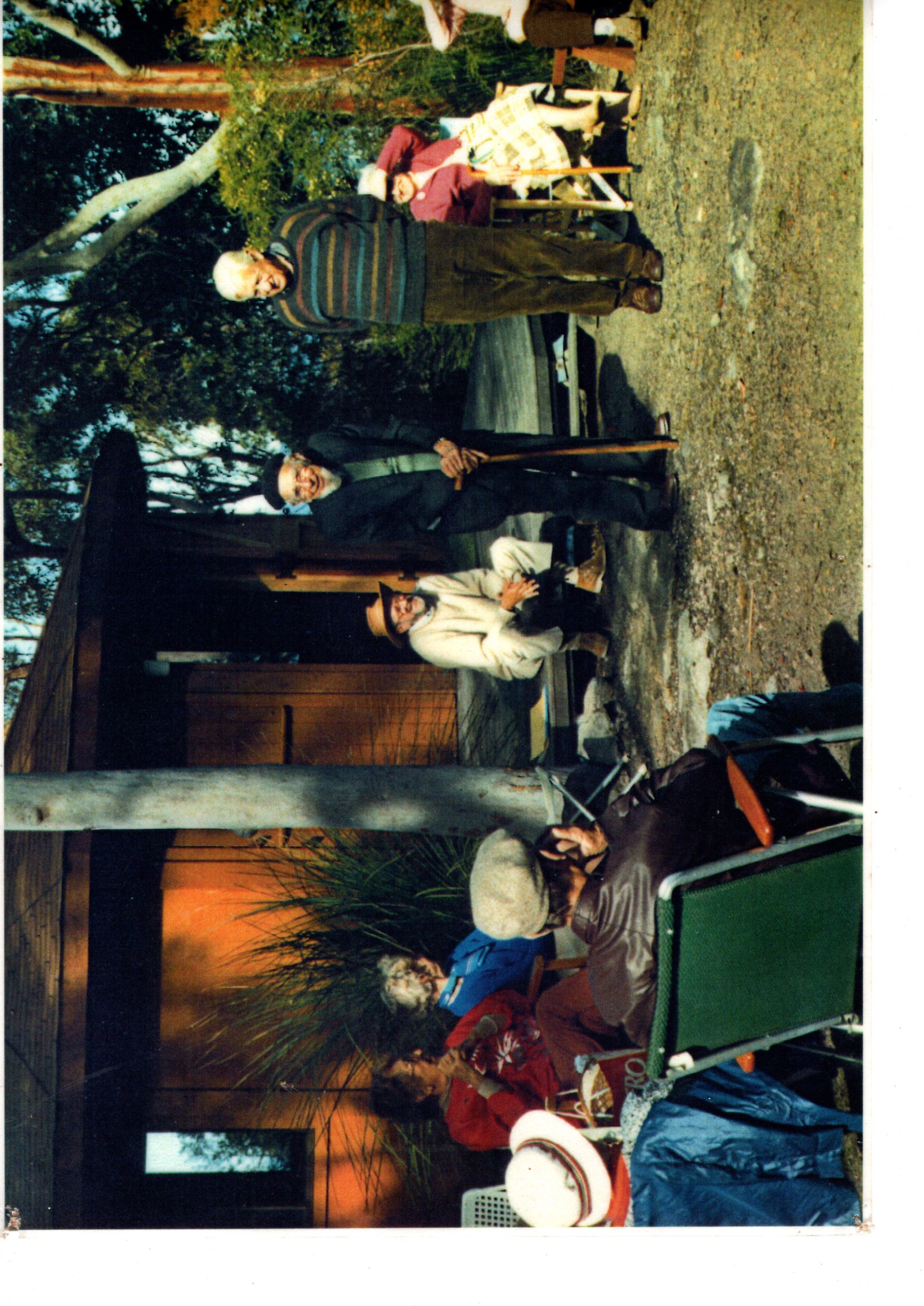
Although Harold would never countenance Katandra becoming a memorial park, it will nevertheless be a living memorial to him. He will of course be remembered particularly for his most generous gift of Katandra and for his contributions to the promotion of, the study of, and the preservation of native flora and fauna.
Footnote – In a remarkable coincidence, Harold’s grandfather, Richard Seymour, who owned property in Bundamba near Ipswich, also donated some of his land in 1865, about half an acre, on which a Primitive Methodist Tabernacle was built, later to be replaced by a Methodist church hall which occupies the land to this day.
